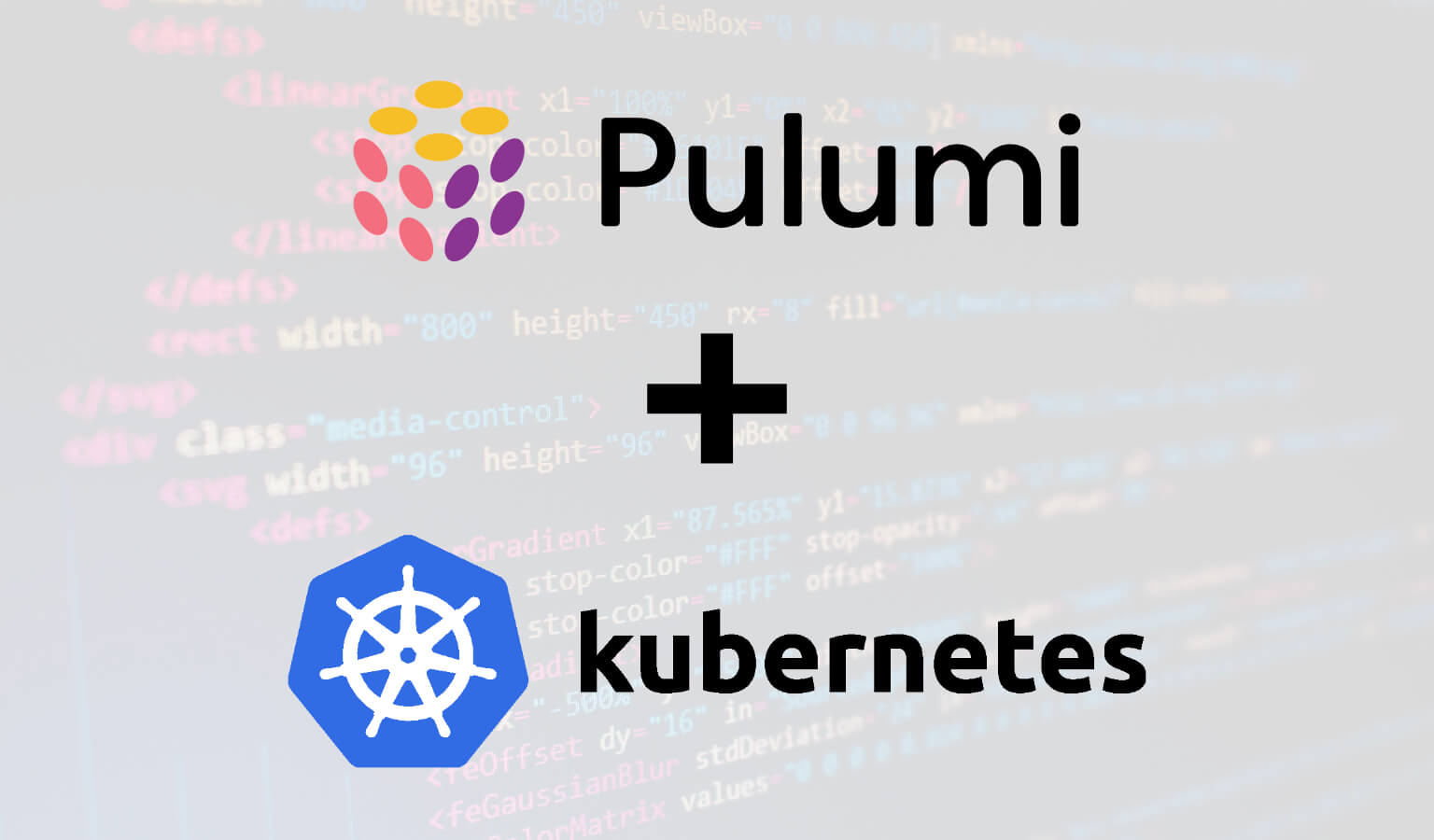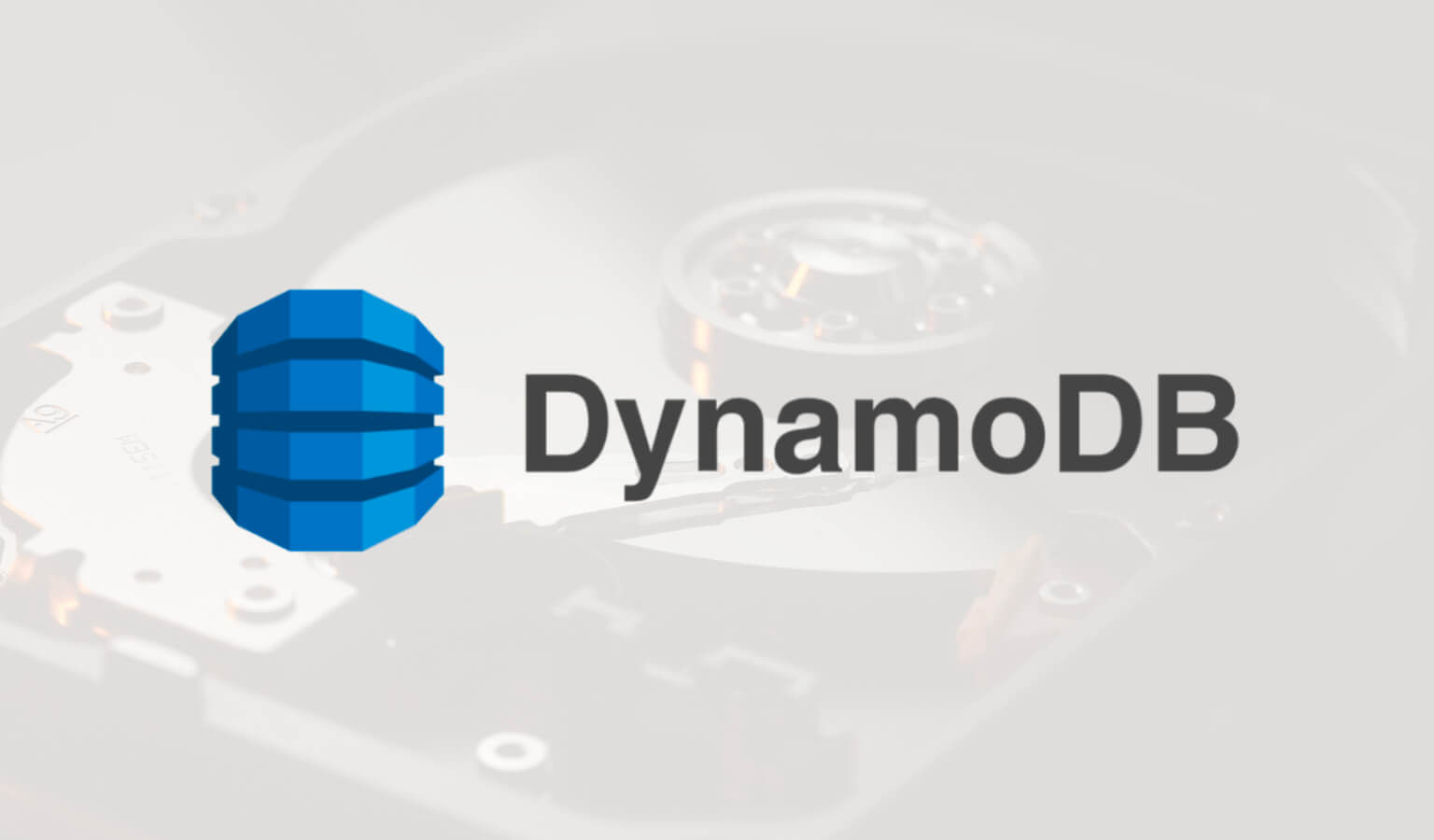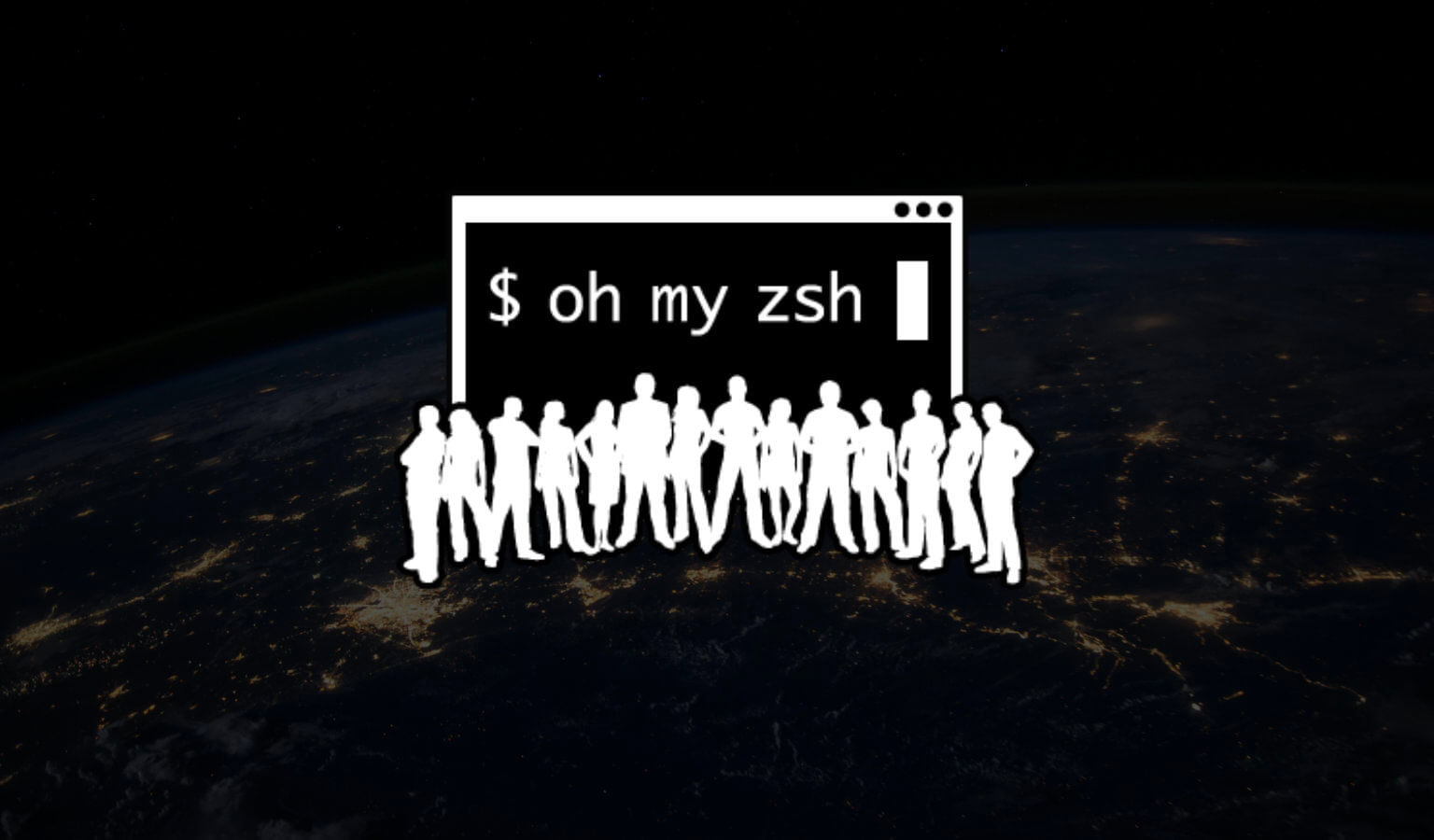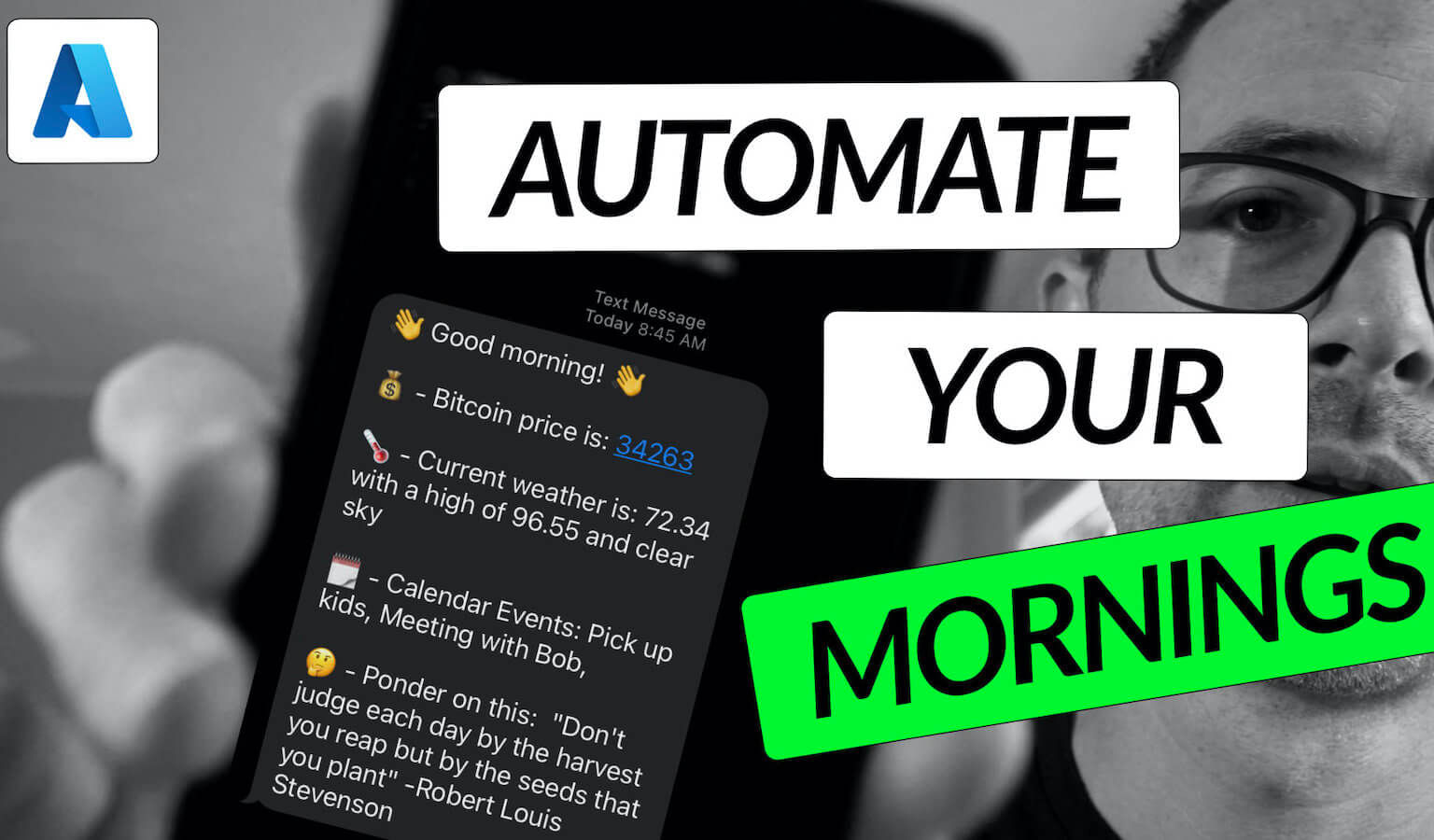
Pulumi AWS Tutorial: Create a Lambda Function That Sends You Morning Emails Via SNS
Learn how to use the Pulumi platform with AWS in this complete, ste-by-step guide. This tutorial will walk you through setting up a Pulumi stack, getting familiar with the API, and deploying and managing AWS infrastructure using Pulumi.




